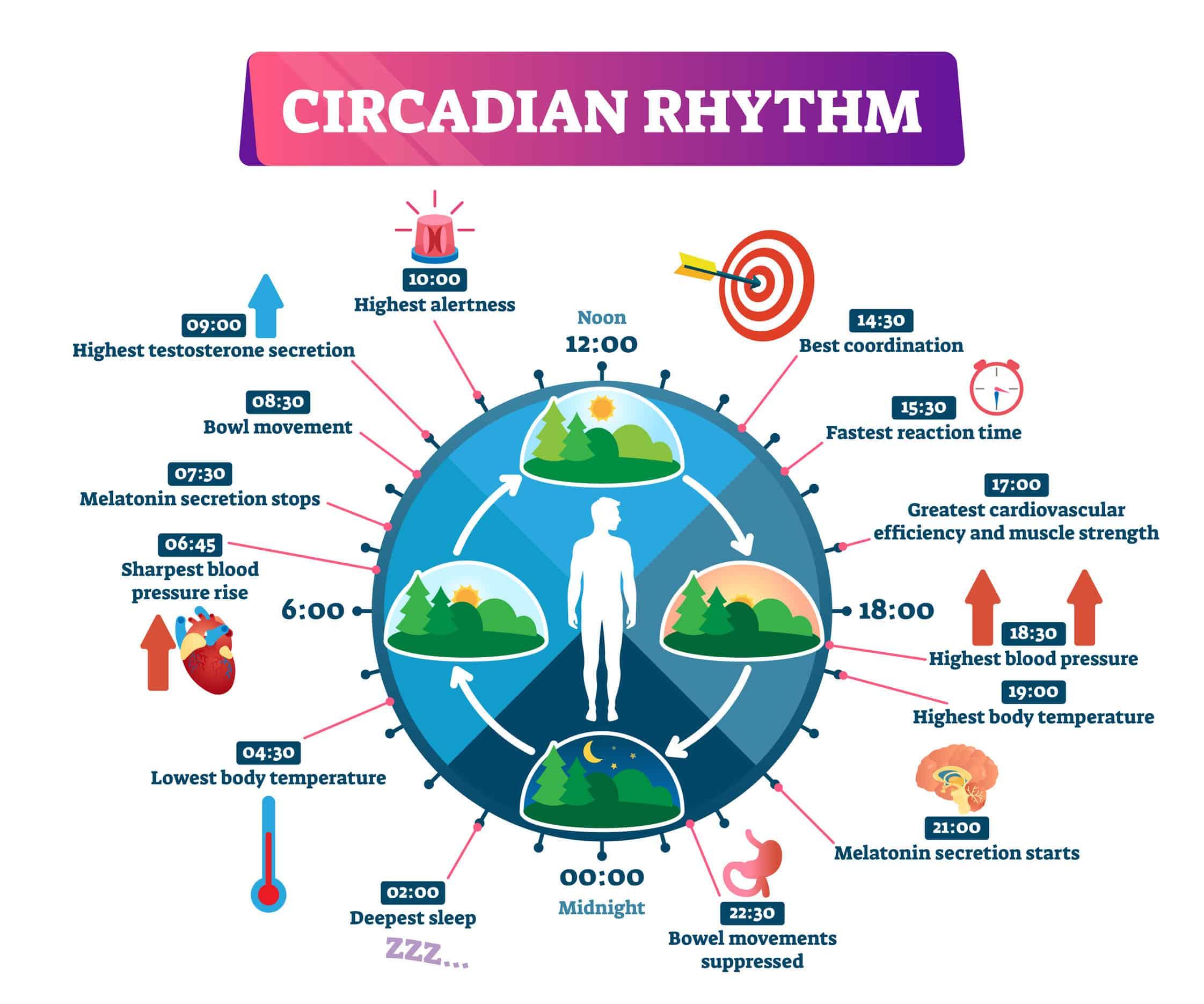In the quest for effective fat loss, many focus solely on what they eat, often overlooking a crucial element: meal timing. Understanding when to consume your meals can significantly enhance your body’s ability to burn fat efficiently. This article will guide you through the science and strategy of timing your meals for maximum fat loss, empowering you with the knowledge to optimize your eating schedule. By aligning your meal times with your body’s natural rhythms and metabolic processes, you can unlock a powerful tool for achieving your weight loss goals. Prepare to revolutionize your approach to eating and discover the impact of strategic meal timing on your journey to a healthier, leaner you.
Optimize Meal Timing for Effective Fat Burning
Timing your meals strategically can significantly enhance your fat-burning potential. Begin by aligning your meals with your body’s natural circadian rhythm. Front-load your calorie intake by consuming larger meals earlier in the day when your metabolism is more active. This approach not only helps in better digestion but also ensures that your body has ample time to burn off calories throughout the day. Consider implementing an intermittent fasting schedule by eating within a specific window, such as 10 am to 6 pm, allowing your body to tap into fat reserves during the fasting period.
Incorporate a few essential strategies to maximize results:
- Prioritize protein-rich breakfasts: Kickstart your metabolism and keep hunger at bay with high-protein options.
- Mindful midday meals: Focus on balanced meals that provide sustained energy and prevent afternoon slumps.
- Light evening consumption: Opt for lighter dinners to minimize overnight fat storage and improve sleep quality.
By syncing your meal timing with your body’s natural processes, you’ll create an environment conducive to effective fat loss.
Master the Art of Intermittent Fasting for Fat Loss
To harness the full potential of intermittent fasting for fat loss, it’s crucial to strategically time your meals. Begin by choosing a fasting window that aligns with your lifestyle, typically ranging from 14 to 16 hours. This window not only allows your body to tap into fat reserves for energy but also gives your digestive system a much-needed break. During the eating period, focus on nutrient-dense meals that stabilize blood sugar levels and keep you satiated longer. Prioritize protein to preserve muscle mass, healthy fats for sustained energy, and fiber-rich vegetables to aid digestion.
- Start your eating window with a balanced meal that includes all three macronutrients to kickstart your metabolism.
- Stay hydrated throughout your fasting period with water, herbal teas, or black coffee, which can help suppress appetite.
- Avoid late-night snacking by setting a firm closing time for your eating window, helping your body to efficiently burn fat overnight.
By optimizing your meal timing, you not only enhance fat loss but also promote overall health and well-being. Remember, consistency is key, so stick to a routine that feels sustainable for you.

Align Your Meals with Your Circadian Rhythm
Our bodies are designed to follow a natural cycle, the circadian rhythm, which governs not just our sleep but also our digestion and metabolism. To harness this rhythm for fat loss, consider aligning your meal times with your body’s internal clock. Start your day with a hearty breakfast to kickstart your metabolism when your body’s insulin sensitivity is at its peak. Lunch should be your largest meal, consumed when your body is most efficient at processing food. In the evening, opt for a lighter dinner, ideally consumed at least two to three hours before bedtime to allow for proper digestion and to prevent late-night snacking.
- Morning: Consume protein-rich foods to fuel your day.
- Afternoon: Prioritize a balanced meal with complex carbs, proteins, and healthy fats.
- Evening: Focus on lighter, easy-to-digest meals.
Harness Post-Workout Nutrition to Boost Metabolism
Maximizing fat loss post-workout involves more than just the intensity of your exercise routine. Strategic meal timing plays a pivotal role in revving up your metabolism. The key is to fuel your body at the right times to optimize recovery and promote fat burning. After a workout, your body is like a sponge, ready to absorb nutrients. Consuming a meal within 30 to 45 minutes post-exercise can significantly enhance your body’s ability to repair and build muscle, which in turn boosts your metabolic rate.
Here are some guidelines to follow:
- Prioritize protein and carbs: Opt for a meal that combines lean protein with complex carbohydrates. This combination helps replenish glycogen stores and aids muscle recovery.
- Stay hydrated: Proper hydration is crucial for metabolic processes. Drink water or a low-calorie electrolyte beverage to keep your metabolism humming.
- Mind your portions: While it’s important to refuel, keep your portion sizes in check to avoid consuming more calories than you burn.
- Listen to your body: Tune into hunger cues and eat when you’re truly hungry, rather than out of habit or boredom.
By aligning your meal timing with your workout schedule, you can effectively enhance your body’s fat-burning potential and support your overall fitness goals.




